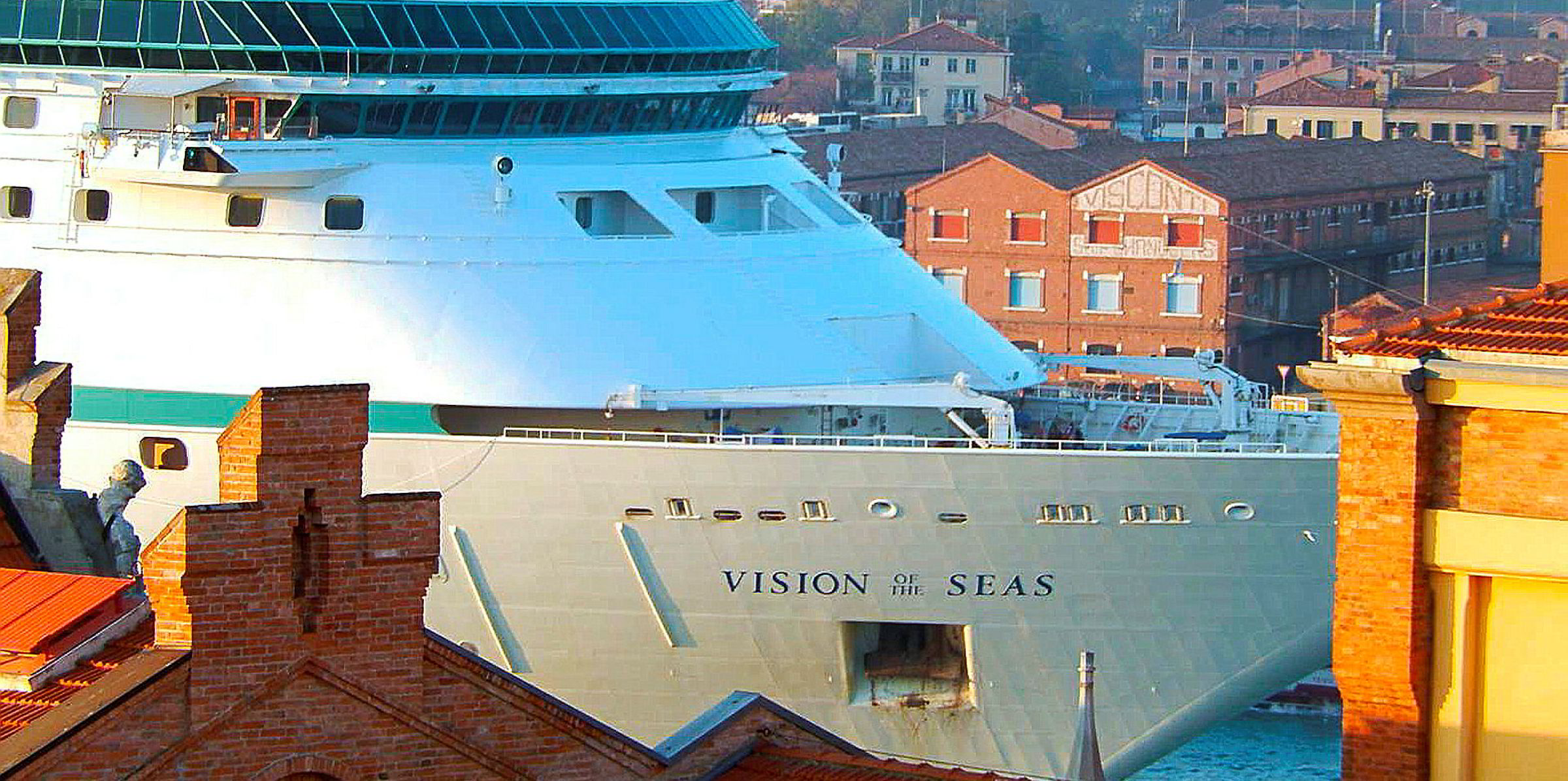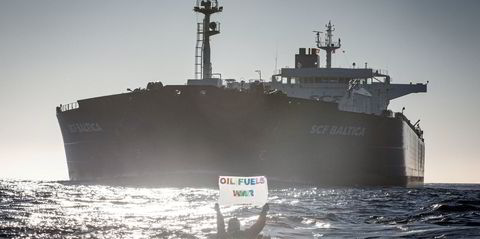At 5.44am on 8 December, closed-circuit television cameras on the cruiseship Vision of the Seas captured the moments before a 24-year-old seafarer from Mauritius climbed over the stern rail between two life rafts and fell to his death.
He had awoken just over an hour earlier on the 2,000-berth, 78,800-gt Vision of the Seas (built 1998) heading back to Galveston, Texas, from Cozumel, Mexico. He told his girlfriend, with whom he was sharing a cabin, that he was going to work.
Although the final moments of his life were not captured because of a CCTV blind spot, a safety investigation report by the Bahamas flag-state authority concluded that his death was a “deliberate” act of suicide.
“A shadow on CCTV indicates the crew member jumped overboard,” it said.
The man, who has not been named, had joined the Royal Caribbean Cruises' vessel for a second time just two months earlier as a pool cleaner. Although not a member of the ship’s operating crew under the Maritime Labour Convention’s definition of “anyone who works on a ship”, he is classified as a seafarer.
The alarm was not raised until the man failed to turn up for a safety drill later that day.
No one suspected he was about to take his own life. He was in “apparent good health”, according to the Bahamas report.
His girlfriend told the accident investigators they had “normal ups and downs” in their relationship, although she also told investigators that her association with another crew member had apparently put the relationship under some strain recently.
The Bahamas report does not make any recommendations on checking the mental welfare of crew. Instead, it suggests Royal Caribbean reviews its CCTV coverage and any possible impediments to it.
However, shipping’s growing problem with the mental health of crew was a hot topic at the Wellness at Sea Conference in London during the UK’s Mental Health Awareness Week earlier this month.
Insurers are becoming concerned about the growing number of suicides at sea, with the International Group quoting figures that the maritime industry has the second-highest rate of suicides after the medical profession.
Crew-related claims are also growing, with Steamship Mutual, which provided protection and indemnity cover for the Vision of the Seas, reporting that crew-related claims now account for 45% of claims under $250,000.
The UK P&I club recently quoted figures suggesting that suicide was responsible for 4.4% of deaths at sea between 2014 and 2015, but that figure had increased to 15.3% between 2015 and 2016.
However, there has been some suggestion that the figures may be under-reported, with some suicides being described as accidental death.
Man-overboard technology has been developed for cruiseships but, at the moment, MSC Cruises is the only cruise company reported to have deployed such equipment.
In many cases, shipowners pay compensation to the family of crew following a suicide. The financial liability under P&I insurance is determined by the contract of employment. Most shipping collective bargaining agreements (CBA) do not explicitly rule out payment for suicide in cases of death at sea.
One expert told TradeWinds: "It is only under very specific circumstances that suicide would not be covered under P&I insurance since in most cases there would be a legal and contractual liability for an employer to provide death benefits to the heirs and estate of the deceased following a suicide."
Compensation for loss of life at sea is set at $102,000 under the International Bargaining Forum CBA deal.
There has been some suggestion that increased connectivity at sea may actually leave seafarers feeling more isolated. The recent Crew Connectivity 2018 survey found that 75% of crew now have access to the internet. However, 53% of crew surveyed said increased connectivity had led to a decline in social interaction onboard.




